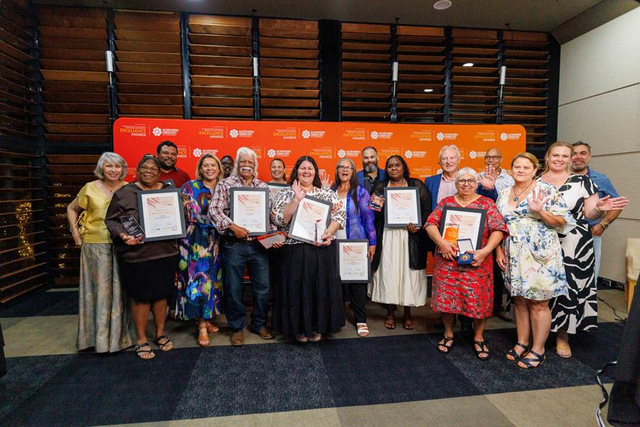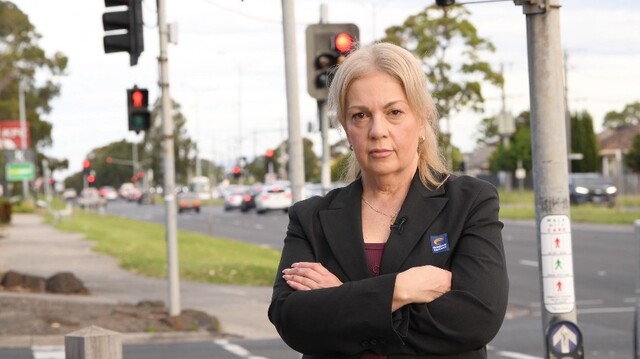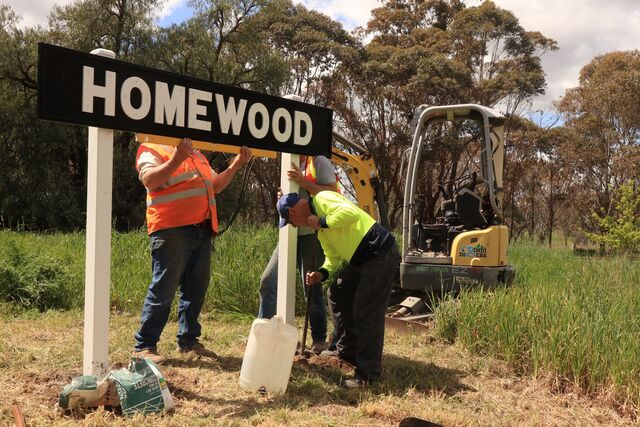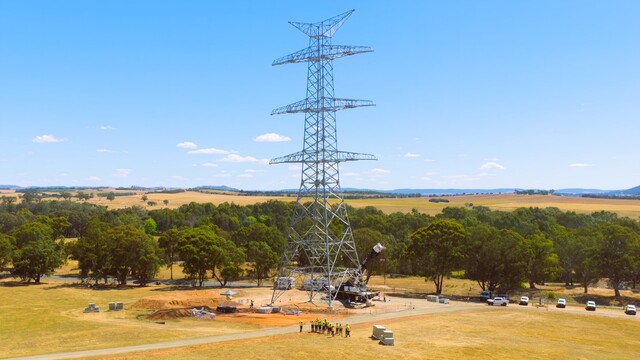Without action, embodied carbon will be responsible for 85 percent of Australia’s built environment emissions by 2050, a new report from the Green Building Council of Australia (GBCA) and thinkstep-anz has found.
The report, Embodied Carbon and Embodied Energy in Australia’s Buildings, was developed by GBCA and thinkstep-anz with support from the Australian Government’s Department of Industry, Science, Energy and Resources. It found embodied carbon – the emissions generated during the manufacture, construction, maintenance and demolition of buildings – made up 16 percent of Australia’s built environment emissions in 2019.
Without intervention this share will balloon to 85 percent at a time when Australia must achieve net zero emissions in line with the Paris Agreement.
The GBCA’s Chief Executive Officer, Davina Rooney, said the challenge of decarbonising the built environment had never been more urgent since the Intergovernmental Panel on Climate Change (IPCC) sounded the global alarm, announcing temperatures were likely to rise by more than 1.5°C above pre-industrial levels within just two decades, bringing with it widespread devastation and extreme weather.
“We are on a journey to decarbonise our buildings, but up until now we haven’t quantified the hidden emissions in Australia’s built environment – our embodied carbon.
“While we are making great strides forward in our work to tackle operational carbon in buildings, embodied carbon is largely locked in before a building is occupied. The decisions we make today will have implications and impacts for decades to come.”
Chief Executive Officer of thinkstep-anz, Dr Barbara Nebel, said, “As Australia’s electricity grid decarbonises, and as more buildings are powered by renewable energy, embodied carbon from the built environment will make up a greater proportion of Australia’s total carbon footprint – increasing by 50 percent from 2019 to 2050.”
Embodied carbon is hard to solve and requires systemic change along the length of the supply chain. A significant share of embodied emissions in buildings come from common building products, like concrete and steel, that are manufactured through process heat and chemical reactions. This means their embodied emissions will not decrease by decarbonising the electricity grid alone.
Rooney explains, “On the supply side, we need manufacturers to innovate – to experiment with design, process substitution, carbon capture and storage and green hydrogen, for example. On the demand side, we need constructors to ask for low-carbon products, to reuse existing materials and to refurbish, where they can, rather than rebuild.
“Industry and governments must also step up their game. The report makes this clear: there is a clear need for governments to support suppliers as they decarbonise and for investment in research and development of new materials and practices.
“Tackling embodied carbon is an enormous challenge, but by doing so we will not only drive down emissions in our building stock. We will also help to future-proof Australia’s energy-intensive industries and ensure we can maintain our global competitiveness in a low-carbon world.”







